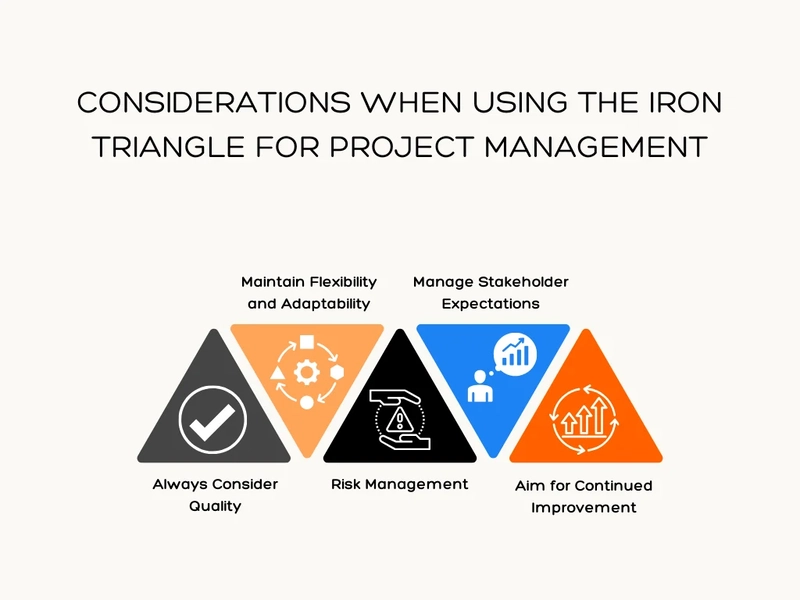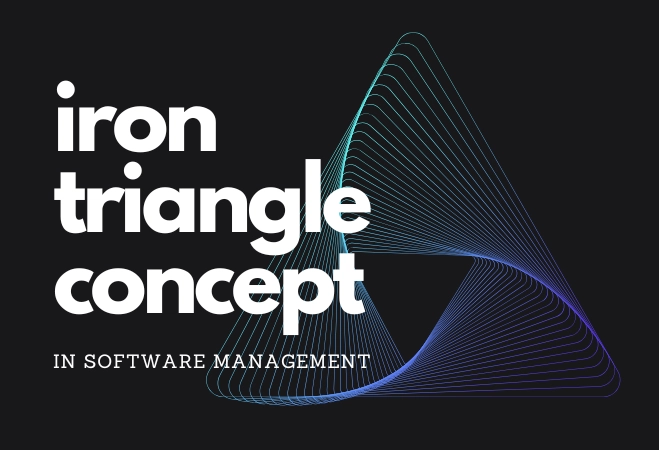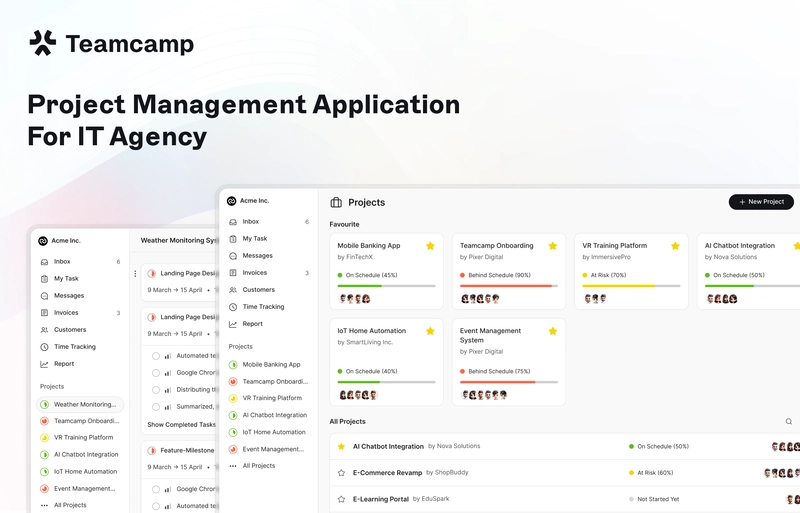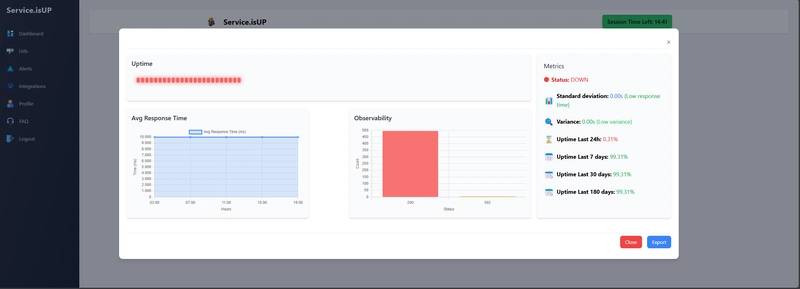The "Iron Triangle" in Software Projects: Balancing Scope, Time, and Cost Without Compromising Quality
Introduction Software development teams face a constant challenge: delivering high-quality products within budget, on schedule, and with all required features. This balancing act is often visualized through the "Iron Triangle" - a fundamental framework that continues shaping how we approach software industry project management. But is this decades-old concept still relevant in today's fast-paced development environment? Let's explore how modern teams are reinterpreting this classic model to meet contemporary challenges. Understanding the Iron Triangle The Iron Triangle, or the Triple Constraint or Project Triangle, represents three primary constraints in project management: scope, time, and cost. Scope: The specific goals, deliverables, and work required to complete the project. Time: The schedule or deadline by which the project must be completed. Cost: The financial budget allocated for resources, materials, and labor. The traditional model suggests that these three constraints are interdependent - changing one inevitably affects the others. For example, increasing the scope typically requires more time or resources, while reducing the timeline might necessitate cutting features or increasing the budget. The Classic Interpretation In the original Iron Triangle proposed by Dr. Martin Barnes in 1969, scope was typically fixed while resources and time were variable. This waterfall approach meant teams would define all product requirements upfront, then estimate the resources needed and schedule based on that fixed scope. The premise was simple yet powerful: "Good, fast, cheap - choose two." You could have: A high-quality product delivered quickly but at a higher cost An affordable product delivered quickly, but with reduced features A feature-rich, affordable product, but with a longer timeline Modern Challenges to the Iron Triangle As software development has evolved, so has our understanding of the Iron Triangle. Several factors have challenged its rigid interpretation: The Rise of Agile Methodologies Agile approaches flip the traditional triangle on its head. In Agile frameworks, schedules and resources are often fixed (through time-boxed sprints and dedicated teams), while scope becomes a flexible constraint. Teams prioritize delivering the highest-value features first, adjusting scope as needed to maintain quality and meet deadlines. Quality as the Fourth Dimension Many modern interpretations expand the triangle into a Project Management Hexagon by adding quality, resources, and risk as explicit constraints1. This acknowledges that quality isn't merely a byproduct of balancing the other three factors but a critical constraint in its own right. Increased Complexity and Interdependence Today's software projects rarely exist in isolation. They're often part of complex ecosystems with numerous dependencies, integrations, and stakeholders. This interconnectedness adds layers of complexity that the simple triangle model doesn't fully capture. Strategies for Balancing the Iron Triangle Despite these challenges, the core insight of the Iron Triangle remains valuable: constraints exist, and trade-offs are inevitable. The key is making these trade-offs strategically. Here are practical approaches for modern development teams: 1. Prioritize Constraints Based on Project Context Not all constraints carry equal weight in every project. Work with stakeholders to determine which constraints are most critical: Is the deadline non-negotiable due to market conditions or regulatory requirements? Is the budget fixed with no possibility of additional funding? Are certain features absolutely essential for the product to be viable? Understanding these priorities helps guide decision-making when trade-offs become necessary. 2. Implement Flexible Scope Management Scope management is crucial for maintaining balance. Consider these practices: Define and document the project scope early with a detailed project charter Distinguish between "must-have" and "nice-to-have" features Implement a strict change control process to evaluate the impact of scope changes Regularly communicate with stakeholders to manage expectations 3. Adopt Agile Planning Techniques Agile methodologies offer powerful tools for navigating the Iron Triangle: Break work into small, manageable increments Prioritize features based on business value Deliver working software frequently Embrace iterative planning and continuous feedback This approach allows teams to adapt to changing requirements while maintaining progress toward project goals. 4. Leverage Technology and Automation Modern tools can help teams work more efficiently within constraints: Automation tools to reduce manual, repetitive tasks Project management platforms for improved visibility and coordination Continuous integration/continuou
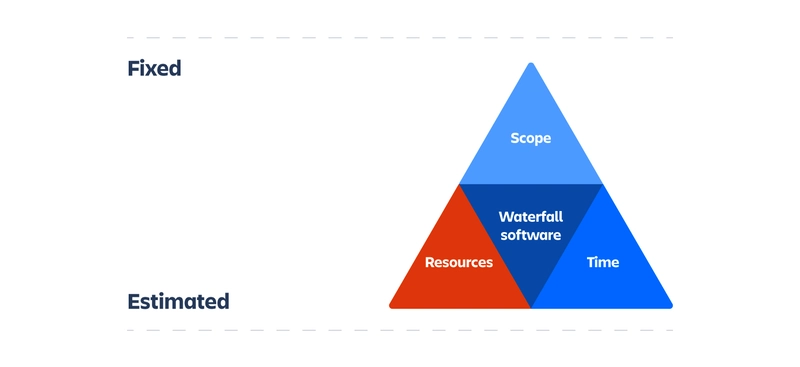
Introduction
Software development teams face a constant challenge: delivering high-quality products within budget, on schedule, and with all required features.
This balancing act is often visualized through the "Iron Triangle" - a fundamental framework that continues shaping how we approach software industry project management.
But is this decades-old concept still relevant in today's fast-paced development environment? Let's explore how modern teams are reinterpreting this classic model to meet contemporary challenges.
Understanding the Iron Triangle
The Iron Triangle, or the Triple Constraint or Project Triangle, represents three primary constraints in project management: scope, time, and cost.
- Scope: The specific goals, deliverables, and work required to complete the project.
- Time: The schedule or deadline by which the project must be completed.
- Cost: The financial budget allocated for resources, materials, and labor.
The traditional model suggests that these three constraints are interdependent - changing one inevitably affects the others. For example, increasing the scope typically requires more time or resources, while reducing the timeline might necessitate cutting features or increasing the budget.
The Classic Interpretation
In the original Iron Triangle proposed by Dr. Martin Barnes in 1969, scope was typically fixed while resources and time were variable. This waterfall approach meant teams would define all product requirements upfront, then estimate the resources needed and schedule based on that fixed scope.
The premise was simple yet powerful: "Good, fast, cheap - choose two." You could have:
- A high-quality product delivered quickly but at a higher cost
- An affordable product delivered quickly, but with reduced features
- A feature-rich, affordable product, but with a longer timeline
Modern Challenges to the Iron Triangle
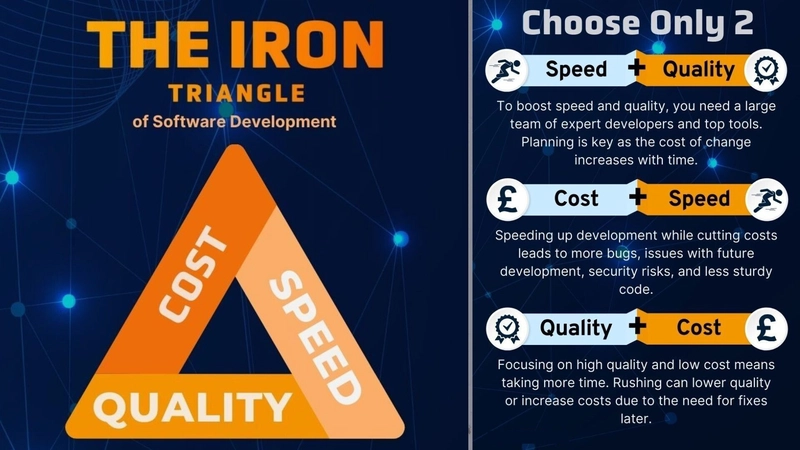
As software development has evolved, so has our understanding of the Iron Triangle. Several factors have challenged its rigid interpretation:
The Rise of Agile Methodologies
Agile approaches flip the traditional triangle on its head. In Agile frameworks, schedules and resources are often fixed (through time-boxed sprints and dedicated teams), while scope becomes a flexible constraint. Teams prioritize delivering the highest-value features first, adjusting scope as needed to maintain quality and meet deadlines.
Quality as the Fourth Dimension
Many modern interpretations expand the triangle into a Project Management Hexagon by adding quality, resources, and risk as explicit constraints1. This acknowledges that quality isn't merely a byproduct of balancing the other three factors but a critical constraint in its own right.
Increased Complexity and Interdependence
Today's software projects rarely exist in isolation. They're often part of complex ecosystems with numerous dependencies, integrations, and stakeholders. This interconnectedness adds layers of complexity that the simple triangle model doesn't fully capture.
Strategies for Balancing the Iron Triangle
Despite these challenges, the core insight of the Iron Triangle remains valuable: constraints exist, and trade-offs are inevitable. The key is making these trade-offs strategically. Here are practical approaches for modern development teams:
1. Prioritize Constraints Based on Project Context
Not all constraints carry equal weight in every project. Work with stakeholders to determine which constraints are most critical:
- Is the deadline non-negotiable due to market conditions or regulatory requirements?
- Is the budget fixed with no possibility of additional funding?
- Are certain features absolutely essential for the product to be viable?
Understanding these priorities helps guide decision-making when trade-offs become necessary.
2. Implement Flexible Scope Management
Scope management is crucial for maintaining balance. Consider these practices:
- Define and document the project scope early with a detailed project charter
- Distinguish between "must-have" and "nice-to-have" features
- Implement a strict change control process to evaluate the impact of scope changes
- Regularly communicate with stakeholders to manage expectations
3. Adopt Agile Planning Techniques
Agile methodologies offer powerful tools for navigating the Iron Triangle:
- Break work into small, manageable increments
- Prioritize features based on business value
- Deliver working software frequently
- Embrace iterative planning and continuous feedback
This approach allows teams to adapt to changing requirements while maintaining progress toward project goals.
4. Leverage Technology and Automation
Modern tools can help teams work more efficiently within constraints:
- Automation tools to reduce manual, repetitive tasks
- Project management platforms for improved visibility and coordination
- Continuous integration/continuous deployment (CI/CD) pipelines to accelerate delivery
- Monitoring and analytics to identify bottlenecks and optimization opportunities
Real-World Application: Breaking the "Pick Two" Dilemma
Forward-thinking organizations are finding ways to transcend the limitations of the traditional Iron Triangle. Rather than accepting that you can only optimize for two constraints, they're exploring how to achieve better outcomes across all dimensions.
This rethinking begins with:
- Aligning organizational goals to project requirements
- Revising workflows to focus on iterative improvements
- Emphasizing transparency during project planning
- Setting realistic goals to prevent mid-project disruptions
- Integrating advanced technologies like AI to enhance efficiency
Case Study: McDonald's IT Operations Transformation
McDonald's UAE successfully transformed its IT operations by implementing a comprehensive project management solution. The results were impressive:
- 30% faster project delivery
- Improved data-driven insights
- Centralized visibility across projects
The key to their success was addressing all three constraints simultaneously through better tools, processes, and team alignment.
Teamcamp: A Modern Solution for Iron Triangle Challenges
Managing the Iron Triangle effectively requires the right tools. Teamcamp is an all-in-one project management and collaboration platform designed specifically to help development teams balance these competing constraints.
How Teamcamp Helps Teams Navigate the Iron Triangle
Teamcamp provides several features that directly address Iron Triangle challenges:
For Scope Management:
- Unified project dashboard for clear visibility into all tasks and deliverables
- Custom task status options to track progress accurately
- Milestone tracking to ensure alignment with project goals
For Time Management:
- Deadline tracking to maintain schedule awareness
- Time-tracking capabilities to monitor effort allocation
For Cost Management:
- Invoicing Feature for Budget Tracking
- Reporting tool to identify efficiency opportunities
- Track your Marketing campaign throw Teamcamp Free inbuilt UTM Builder
Organizations using Teamcamp have reported significant improvements across all Iron Triangle dimensions:
- 28% faster project delivery
- 32% reduction in administrative work
- 42% lower overhead costs
Practical Tips for Developers
As a developer working within Iron Triangle constraints, consider these practical strategies:
1. Focus on Technical Excellence
High-quality code actually saves time and money in the long run by reducing technical debt and rework. Invest in:
- Automated testing
- Code reviews
- Refactoring when necessary
- Documentation
2. Communicate Proactively
Don't wait for problems to escalate:
- Raise potential issues early
- Provide realistic estimates
- Suggest alternatives when constraints conflict
- Document assumptions and dependencies
3. Embrace Incremental Delivery
Break work into smaller, valuable increments:
- Deliver working features frequently
- Gather feedback early and often
- Adjust course based on real-world usage
- Celebrate small wins to maintain momentum
4. Continuously Improve
Look for opportunities to optimize your workflow:
- Retrospect regularly on what's working and what isn't
- Experiment with new tools and techniques
- Share knowledge with team members
- Measure the impact of process changes
Conclusion: Balancing the Modern Iron Triangle
The Iron Triangle remains a robust framework for understanding project constraints, but its application has evolved. Modern software teams recognize that balancing scope, time, and cost isn't about making rigid trade-offs but finding creative ways to optimize across all dimensions.
By adopting agile methodologies, leveraging the right tools, and focusing on continuous improvement, teams can deliver high-quality software that meets business needs without sacrificing any corner of the triangle.
Ready to improve how your team navigates the Iron Triangle? Explore how Teamcamp can help streamline your project management, enhance collaboration, and deliver better results across all constraints. With the right approach and tools, you can transform the Iron Triangle from a limiting framework into a model for balanced, successful software delivery.




























































































































































![[The AI Show Episode 143]: ChatGPT Revenue Surge, New AGI Timelines, Amazon’s AI Agent, Claude for Education, Model Context Protocol & LLMs Pass the Turing Test](https://www.marketingaiinstitute.com/hubfs/ep%20143%20cover.png)

















































































































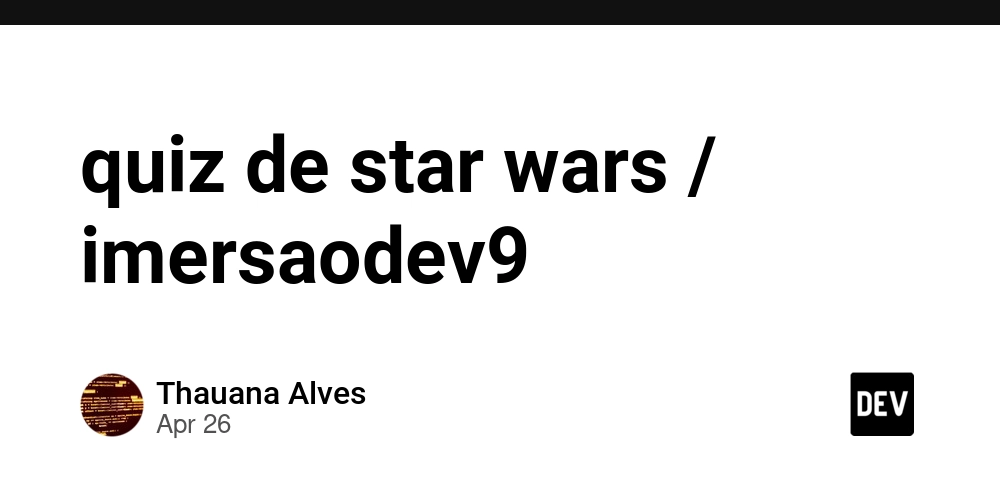
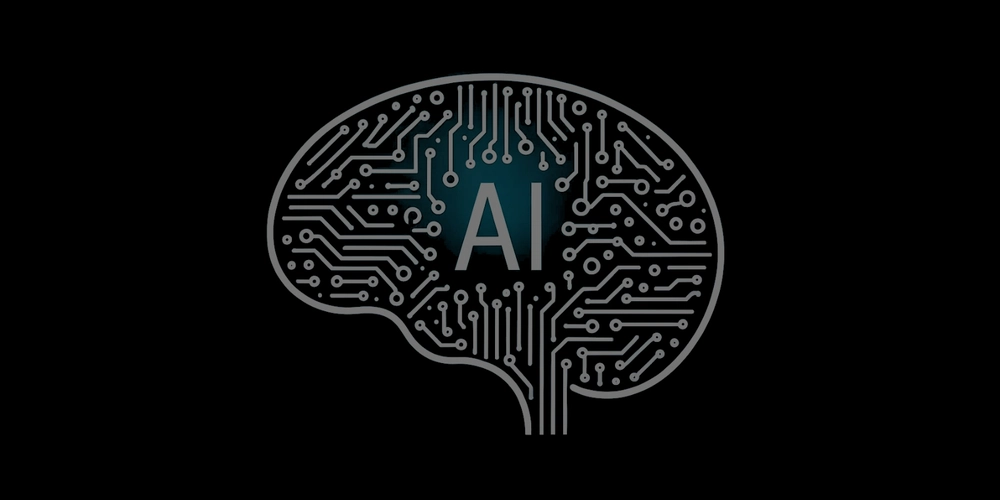











![[FREE EBOOKS] AI and Business Rule Engines for Excel Power Users, Machine Learning Hero & Four More Best Selling Titles](https://www.javacodegeeks.com/wp-content/uploads/2012/12/jcg-logo.jpg)








































































































































































































































![Hostinger Horizons lets you effortlessly turn ideas into web apps without coding [10% off]](https://i0.wp.com/9to5mac.com/wp-content/uploads/sites/6/2025/04/IMG_1551.png?resize=1200%2C628&quality=82&strip=all&ssl=1)


![This new Google TV streaming dongle looks just like a Chromecast [Gallery]](https://i0.wp.com/9to5google.com/wp-content/uploads/sites/4/2025/04/thomson-cast-150-google-tv-1.jpg?resize=1200%2C628&quality=82&strip=all&ssl=1)













![Apple Drops New Immersive Adventure Episode for Vision Pro: 'Hill Climb' [Video]](https://www.iclarified.com/images/news/97133/97133/97133-640.jpg)

![Most iPhones Sold in the U.S. Will Be Made in India by 2026 [Report]](https://www.iclarified.com/images/news/97130/97130/97130-640.jpg)


































































































































